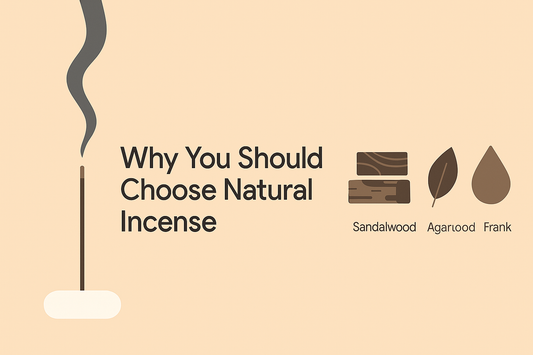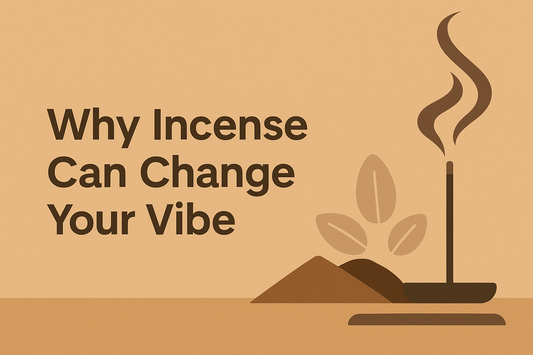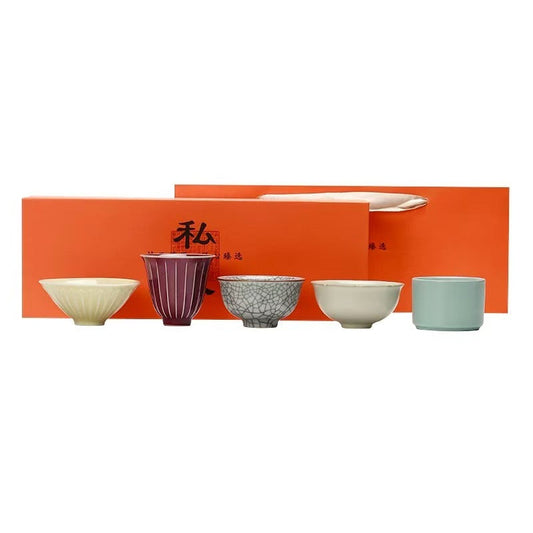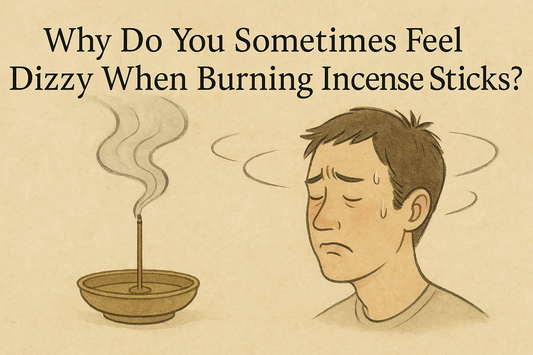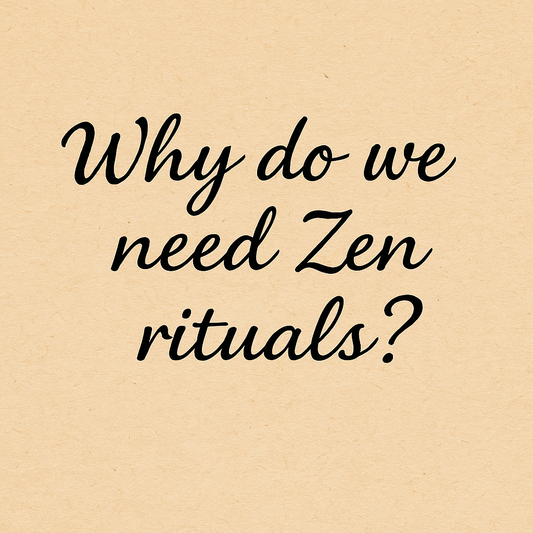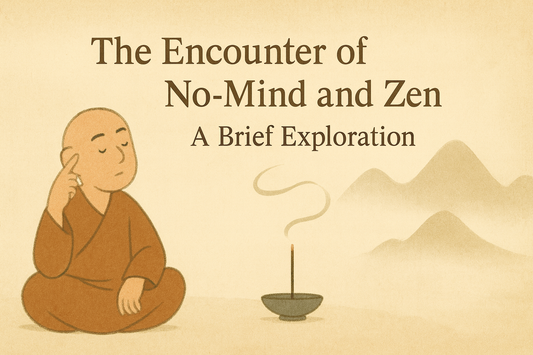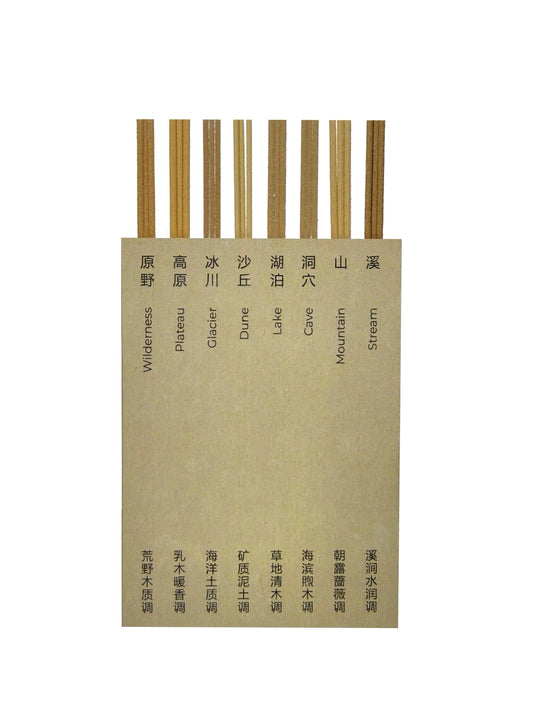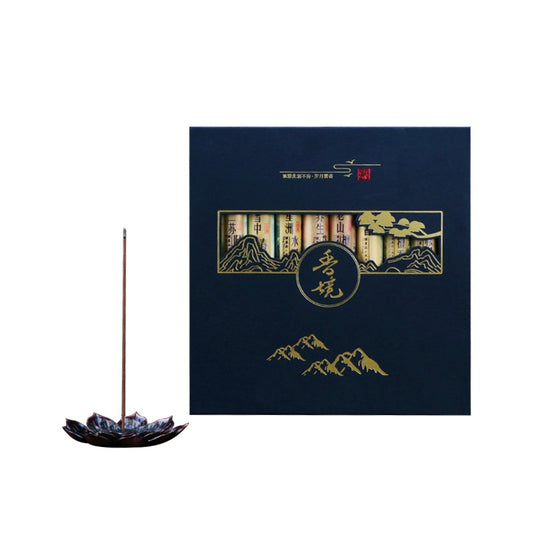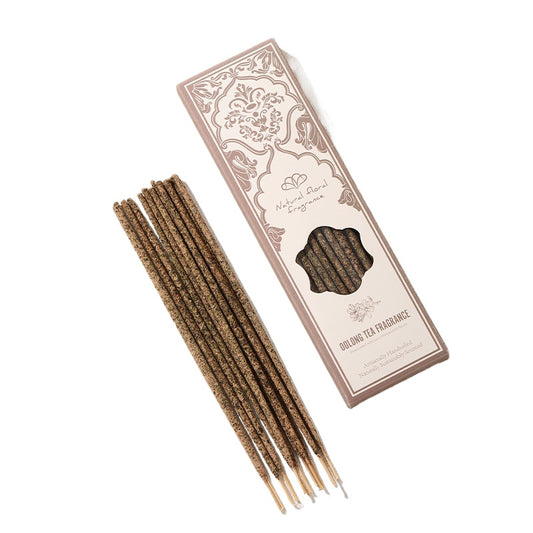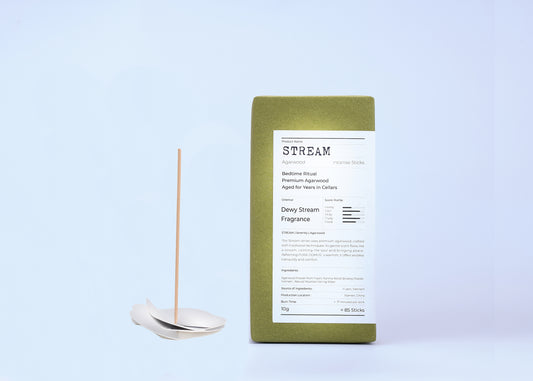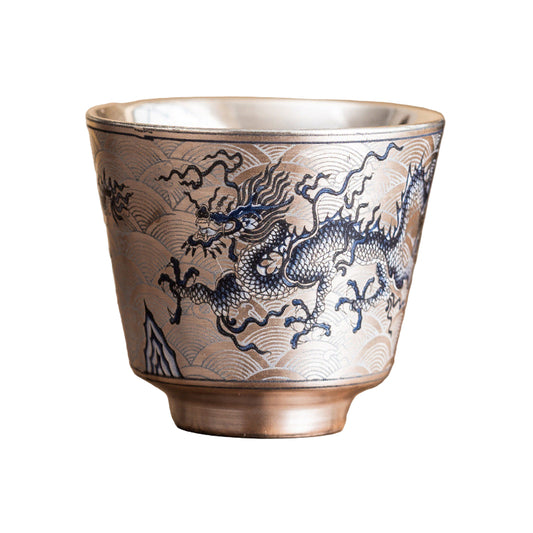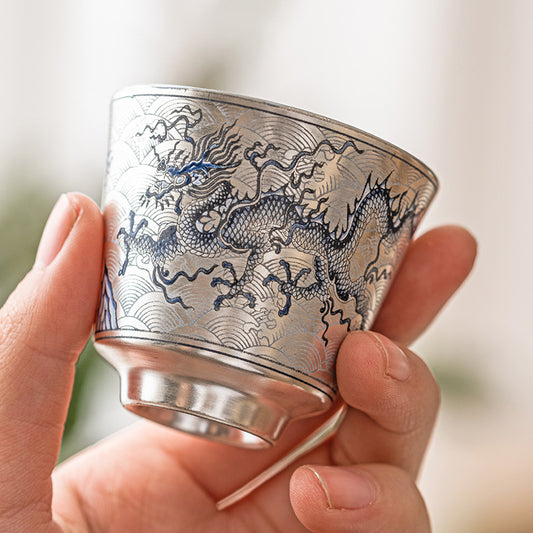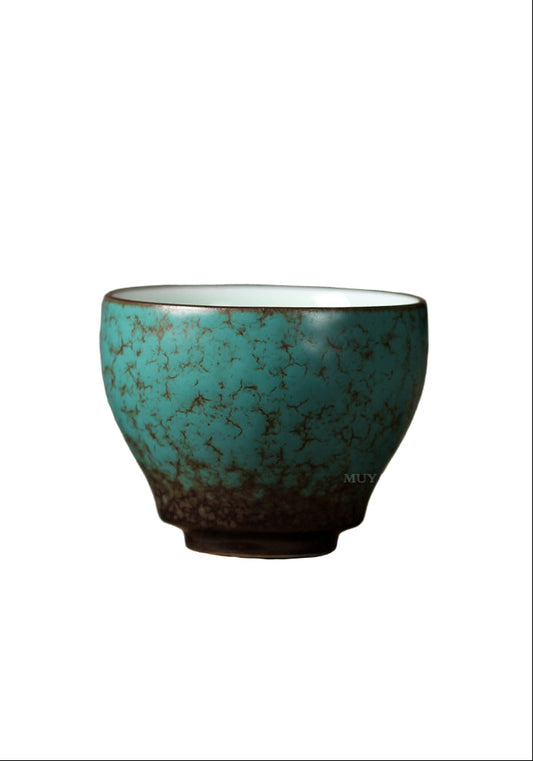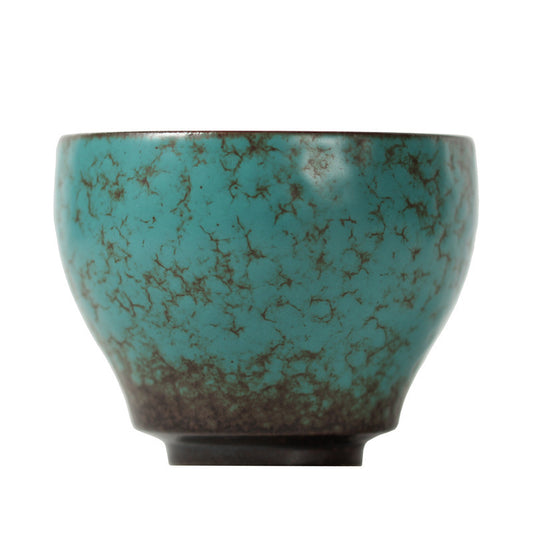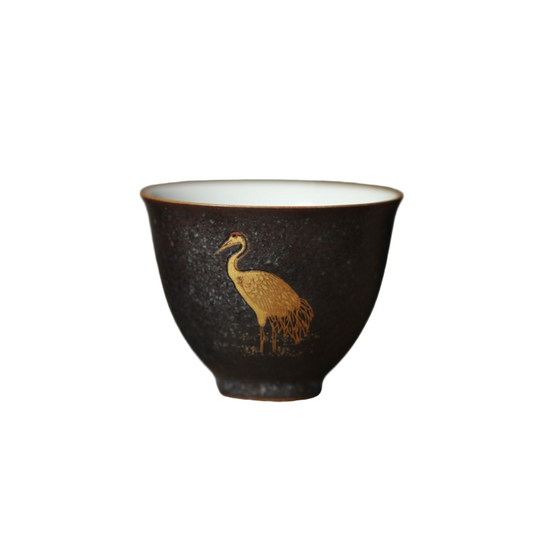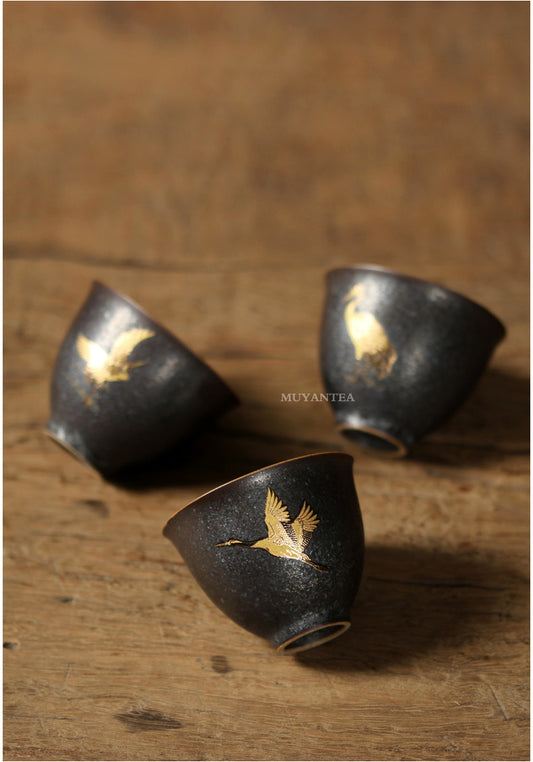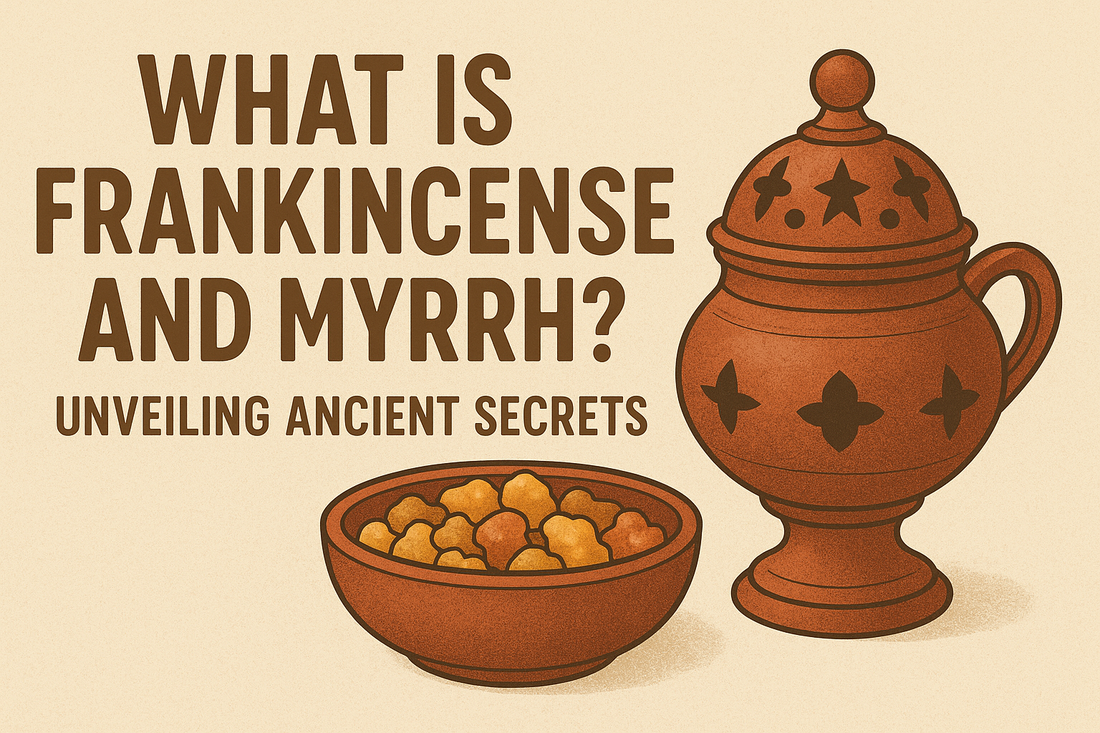
What is Frankincense and Myrrh? Unveiling Ancient Secrets
More Than Just Biblical Gifts: A Journey Through Time and Scent
The Whispers of Time: Unveiling Frankincense and Myrrh
Have you ever wondered about those ancient, almost mythical substances, frankincense and myrrh? They often pop up in stories of old, particularly around certain festive seasons, leaving us with a sense of wonder and perhaps a lingering question: what is frankincense and myrrh, really? Beyond their legendary status as gifts of kings, these resins hold a profound history, a captivating aroma, and a surprising array of uses that stretch from ancient rituals to modern wellness practices. Join me, Chris Chen, on a journey to peel back the layers of time and scent, to truly understand these enigmatic gifts from nature.
Imagine a world where scent was not just a luxury, but a necessity – for medicine, for ceremony, for connecting with the divine. That's the world where frankincense and myrrh reigned supreme. They weren't just commodities; they were living essences, imbued with the spirit of the ancient trees from which they flowed. So, let's embark on this aromatic adventure, shedding light on not just what is frankincense and what is myrrh, but also the profound impact they've had on human civilization.
Frankincense Unveiled: The Soul of the Desert
Let's first turn our gaze to frankincense, often called the 'king of essential oils.' This precious resin, with its woody, spicy, and slightly fruity aroma, is exuded by trees of the Boswellia genus, primarily found in the arid regions of Oman, Yemen, Somalia, and Ethiopia. To truly appreciate frankincense, one must understand its origin. The trees themselves are hardy, thriving in harsh, rocky landscapes, their resilience mirroring the enduring nature of the resin they produce. When the bark is incised, the tree 'weeps' a milky sap that hardens into tear-shaped droplets – the frankincense resin we know. It's a process that speaks of patience, of nature's slow, deliberate artistry.
Historically, frankincense was revered. Ancient Egyptians used it in embalming and cosmetics, while Romans and Greeks valued it for its medicinal properties and in religious ceremonies. Its smoke was believed to purify, to elevate prayers, and to connect the earthly with the divine. The very act of burning frankincense was a meditative practice, a moment of MonianLife – a state of no-thought, where the mind is clear and free, allowing for deeper contemplation and spiritual connection. This resin, in its quiet dignity, has witnessed empires rise and fall, its scent a constant thread through millennia of human history.
Myrrh's Mysteries: The Earth's Healing Embrace
Now, let's meet myrrh, frankincense's equally esteemed counterpart. Myrrh, derived from trees of the Commiphora genus, typically found in similar arid regions, possesses a warm, bitter, and slightly medicinal aroma. Unlike frankincense's clear tears, myrrh often appears as darker, more irregular pieces, reflecting its deeper, earthier essence. The process of harvesting myrrh is also a testament to nature's giving spirit, as the tree's bark is wounded to release its healing balm.
Myrrh's historical journey is just as rich. Ancient civilizations, particularly the Egyptians, used it extensively in embalming, perfumes, and traditional medicine. Its antiseptic and anti-inflammatory properties were highly valued, making it a staple in ancient apothecaries. In many cultures, myrrh was seen as a symbol of suffering and healing, its bitter notes a reminder of life's complexities, yet its medicinal power offering solace. It embodies a quiet strength, a profound MonianLife in its ability to soothe and restore, a silent witness to countless moments of human vulnerability and resilience.
A Tapestry of History: What Was Frankincense and Myrrh?
To truly grasp the significance of these resins, we must ask: what was frankincense and myrrh in the grand tapestry of human history? They were far more than mere aromatic substances. They were currencies, diplomatic gifts, and sacred offerings. The ancient trade routes, like the Incense Road, were testament to their immense value, connecting distant lands and cultures through the exchange of these precious commodities. Kings sought them, priests burned them, and healers utilized their potent properties.
In religious texts, their presence is profound. The story of the Magi bringing frankincense and myrrh to the infant Jesus is perhaps the most famous, symbolizing divinity, sacrifice, and healing. But their spiritual significance extends beyond one tradition, touching countless belief systems where they were used for purification, meditation, and to create a sacred atmosphere. They were seen as bridges between the physical and spiritual realms, their smoke carrying prayers and intentions upwards, fostering a state of MonianLife for those seeking inner peace.
Beyond the spiritual, their medicinal applications were widespread. From treating digestive issues and respiratory ailments to wound healing and oral hygiene, frankincense and myrrh were the ancient world's pharmacies. Their anti-inflammatory, antiseptic, and analgesic properties were recognized and utilized long before modern science could explain the underlying mechanisms. They were nature's silent healers, offering comfort and cure in a world without synthetic drugs.
A Modern Renaissance: Frankincense and Myrrh Today
Fast forward to today, and these ancient resins are experiencing a remarkable renaissance. Modern science is now validating many of the traditional uses of frankincense and myrrh, exploring their potential in areas like anti-inflammatory research, cancer studies, and skincare. Essential oils derived from these resins are popular in aromatherapy, prized for their grounding, calming, and meditative properties. A few drops of frankincense oil in a diffuser can transform a chaotic space into a sanctuary of 'MonianLife, inviting tranquility and focus.
In the world of natural wellness, frankincense and myrrh are celebrated for their skin-rejuvenating qualities, often found in high-end anti-aging products. Their ability to soothe and heal makes them valuable additions to balms and salves. The very essence of what is frankincense and myrrh is being rediscovered, not just as historical artifacts, but as powerful allies for contemporary well-being. They remind us that sometimes, the oldest wisdom holds the most profound answers.
At MonianLife, we are deeply inspired by the timeless wisdom embodied by these resins. Our approach to creating handmade incense is rooted in a similar philosophy – to offer tools for mindfulness and connection, to help you find your own moments of MonianLife amidst the bustle of modern life. Just as frankincense and myrrh have journeyed through millennia, our incense carries a legacy of peace and presence.
The Enduring Legacy: A Scented Journey Continues
So, as our aromatic journey concludes, we've explored not just what is frankincense and myrrh, but also their enduring spirit and profound impact. From ancient rituals to modern science, these resins continue to captivate and heal. They are a testament to nature's boundless gifts and humanity's timeless quest for meaning, healing, and connection. Their story is a reminder that true value often lies in the unseen, the subtle, the profound – much like the quiet wisdom that leads us to moments of MonianLife.
May your path be filled with clarity, peace, and the subtle, profound scents that guide you to your own moments of MONIANLIFE.
Discover More in Monian
Explore our handcrafted incense holders and natural incense collections designed to bring peace and elegance to your space.
Discover Now
